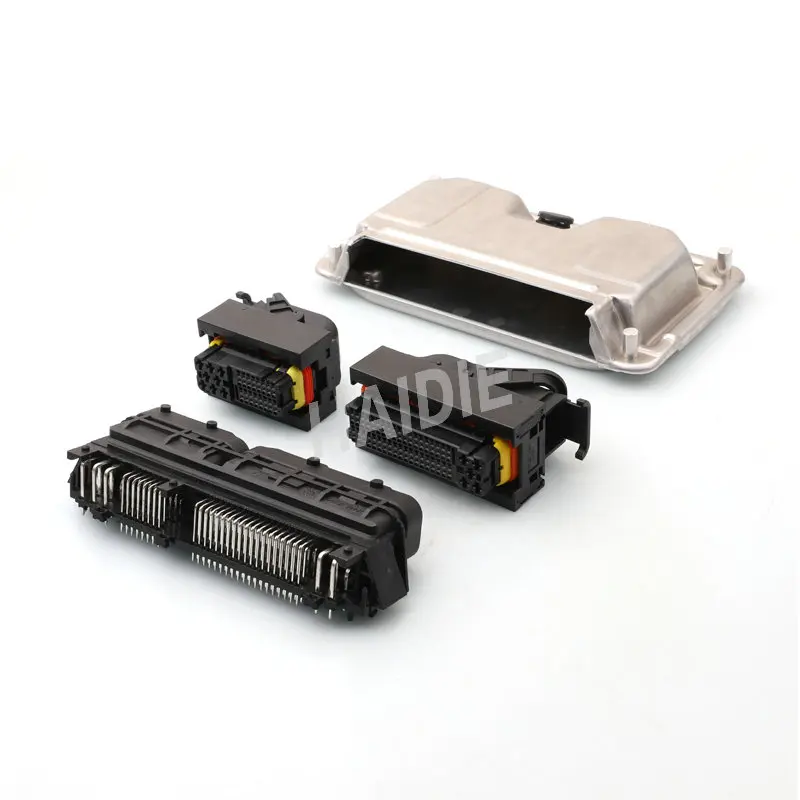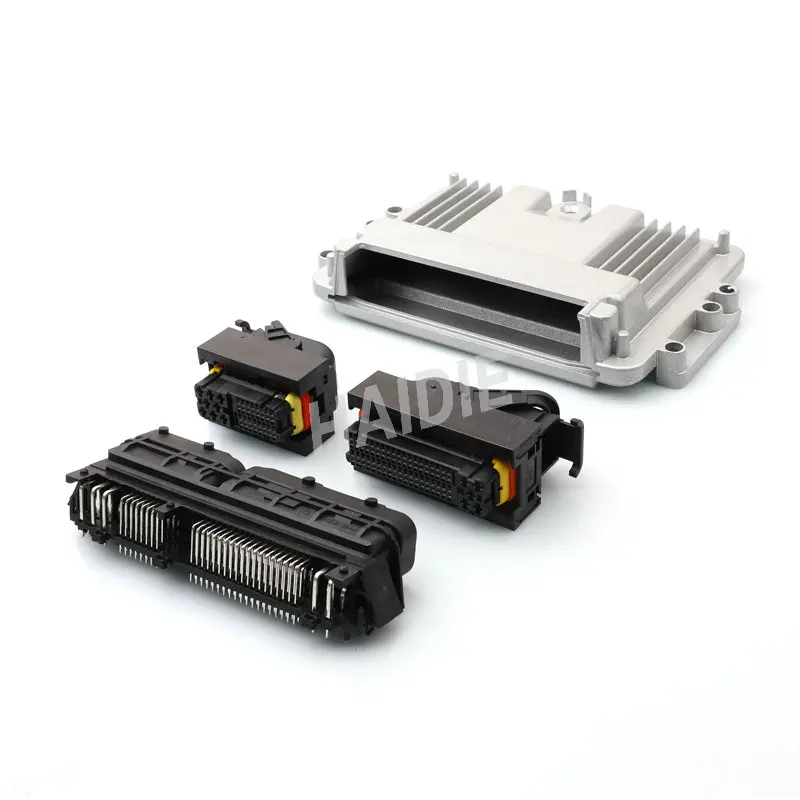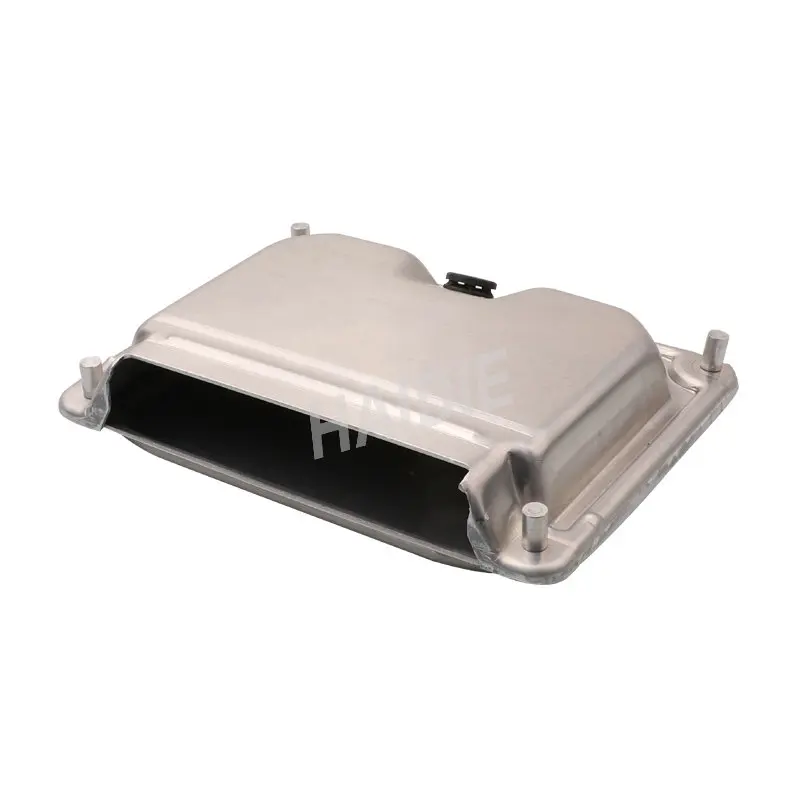Also my thoughts on>
"The NOR gate on the back side of the board. All the control signals rout to this chip. NOR gates work by comparing all of it's inputs and when all are low the it turns on it's output. This partially explains the reason for the signal reversal from the LB7 FICM. Probably using a different signal receiver that needs all to be high to output"
The processor needs to charge the coils on the board to ramp up the voltage. 2 coils, 8 injectors. It can't charge while any injector is firing. Does that sound correct?
We know for certain it's not using CANbus data for anything beyond diagnostics. So that's out. However in a couple video's I've watched, and in some documents I keep seeing statement "Boost Curve". used. At first I thought like Turbo Boost, but now am thinking differently.. Just a thought, I never searched deeper.
Boost curve might be referring to the boost converter part of the circuit that is responsible for making the high voltage used to run the injectors. Not sure on the "curve" part unless it's in reference to the high voltage hit right at the beginning of the injector opening and then a tapering off until the injector is turned off
On the LLY FICM, the boost circuit works by having the N510AB Mosfet turn on and conducting current through the inductor to ground. This charges up the magnetic field of the inductor. When that mosfet turns off the current stops so the magnetic field collapses. This collapsing field induces voltage on the indicator. Because there is no pathway through the mosfet to dump the charge being built up the voltage rises up to the point that it is higher then what is stored in the capacitors. So the current in the inductor will then flow into the caps. A diode keeps the capacitors from discharged back into the inductor or to ground via the mosfet.
This process can occur regardless of the injectors being fired or not. There is a balancing act where the current from the inductor will be lower the higher the voltage is. So the higher it goes the less current you get. So at a point the voltage and current will match what is being drawn by the injectors. And the engineers planned the inductor and capacitors to have enough power to maintain 48 volts even under the heaviest use. To keep the boost circuit from overshooting the voltage when the injectors aren't drawing much, say during idle, the 510 mosfet limits the duty cycle to keep the inductor from charging up the capacitors.
I captured the duty cycle of this on my scope. I'll post it up later. It's in interesting pattern. A large pulse followed by a series of short pulses then ending with another large pulse. Then a pause and repeats over again. I'll need to capture it during some higher loads to see what it does to maintain the proper voltage
I suspect that on the LB7 FICM the strategy is a little different being that there is no inductor on the board. Maybe it uses the injectors as the injectors to change the capacitors? I need to get my hands on one to trace it all out and see what they did

 autodtc.net
autodtc.net










